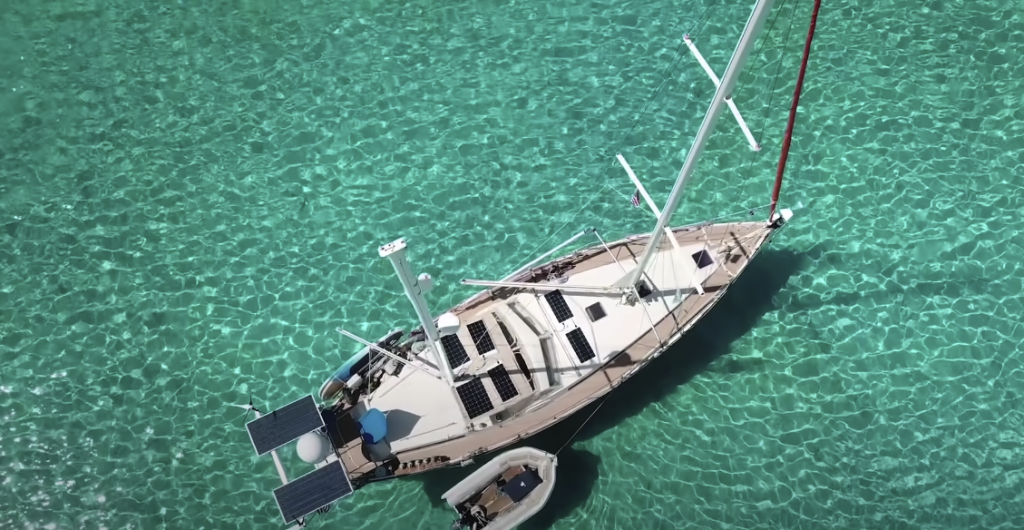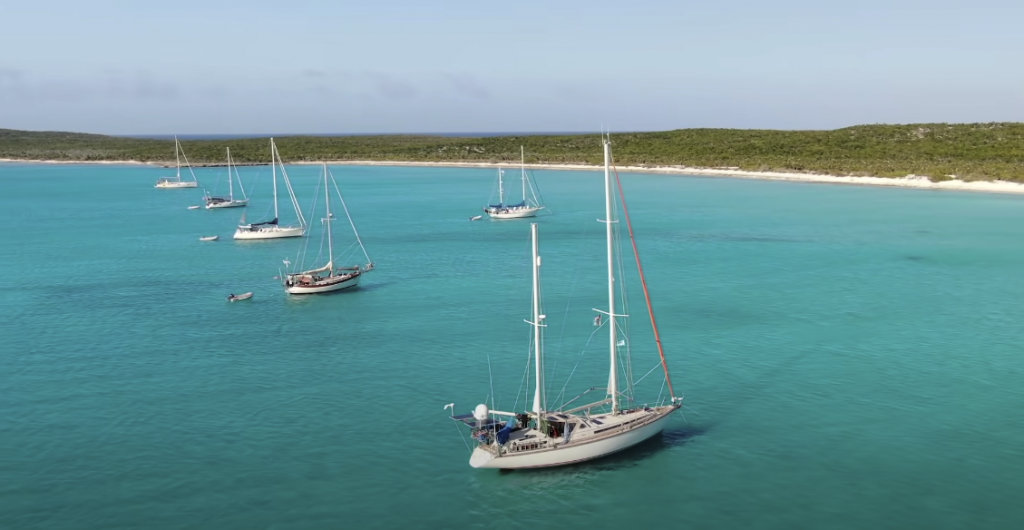
The Longitudinal Voyages: How Far Can a Sailboat Travel in a Day?
Setting out on the open sea with the wind in your sails and the horizon as your guide, sailboats offer a unique, leisurely way of exploring the world’s waters. While sailboats don’t have the high-speed capacities of motorized vessels, their potential daily distance can still be impressive, with various factors influencing the achievable range.
The world of sailing is rich with variances in boat types, each uniquely crafted to excel in specific conditions. The size and design of a sailboat are pivotal in determining how far it can travel in a day. These vessels range from small, manageable dinghies to massive racing yachts designed for velocity.
Dinghies
Dinghies are small sailing boats, typically less than 15 feet in length. These boats are ideal for learning to sail and are commonly used in protected waters. Because of their size, dinghies can only reach speeds of about 3-4 knots (3.5-4.6 mph). Therefore, the estimated travel distance per day for a dinghy, assuming 24 hours of non-stop sailing, is approximately 84-110 miles.
Day Sailers
Day sailers are slightly larger than dinghies, ranging from 14 to 20 feet. They’re designed for short trips in relatively calm waters. Their average speed is between 4 and 5 knots (4.6-5.8 mph), meaning they can cover about 96-140 miles in a day.
Cruising Sailboats
Cruising sailboats are robust, designed for long voyages and varying sea conditions. They can vary greatly in size, from 20 feet to 40 feet. With speeds between 4 and 8 knots (4.6-9.2 mph), cruising sailboats can travel between 96 and 220 miles in a day.
Racing Sailboats
Racing sailboats are the giants of the sailing world, with lengths ranging from 20 to 70+ feet. These vessels are designed for speed and can reach 8-15 knots (9.2-17.3 mph), allowing them to cover approximately 220-415 miles in a day.
Harnessing the Wind: A Sailor’s Principal Companion

Sailing is a delicate dance with the wind, where a good gust of wind can make all the difference. Wind strength and direction profoundly impact a sailboat’s speed and consequently, the distance it can travel in a day.
Wind conditions are variable and can change rapidly, depending on the region and time of day. Light winds of 1-3 knots are often insufficient to move larger sailboats, while very high winds of 30+ knots can present dangerous conditions.
Ideal Wind Speeds for Different Sailboats:
- Dinghies and Day Sailers: Best performance in light to moderate winds of around 5-15 knots;
- Cruising Sailboats: Sail efficiently in wind speeds ranging from 5-20 knots;
- Racing Sailboats: Built for speed and perform best in wind conditions between 10-30 knots.
The Sailor’s Role: Skills and Experience
An accomplished sailor has an array of skills that aid in maximizing a sailboat’s potential travel distance. This begins with fundamental sailing skills like understanding tacking and jibing, and extends to advanced meteorological knowledge and adept crisis management.
An experienced sailor will effectively use the wind, employing tactics such as “tacking” or “beating” to make forward progress even when the wind is coming from the direction they wish to go. This zig-zagging path, although longer, can often result in a faster overall journey.
Apart from managing the sails, a sailor needs to accurately interpret weather forecasts and adjust the course accordingly. Predicting weather changes can help avoid severe conditions that could slow the sailboat or even prove hazardous.
The Sea’s State: Friend or Foe?
The sea’s condition is another significant factor affecting a sailboat’s travel distance. Wave height, swells, currents, and tides all play a part in either aiding or hindering a boat’s progress.
Sailing in favorable currents can significantly increase a sailboat’s speed over ground, boosting the day’s travel distance. However, opposing currents can have the opposite effect, drastically reducing the distance covered. Similarly, high waves and swells can impede progress and make navigation difficult, decreasing the day’s mileage.
Conclusion
The distance a sailboat can travel in a day is dependent on a multitude of factors, including the type of sailboat, the wind conditions, the sailor’s skill, and the sea state. While it’s difficult to pin down a single number, understanding these factors can help us make a reasonable estimate. Whether you’re planning a leisurely day trip or a record-breaking transoceanic race, an understanding of these elements is crucial for any sailor.
FAQS
The outright world record for the greatest distance sailed solo in 24 hours is 907.9 nautical miles, set by François Gabart on the trimaran MACIF in 2016.
A sailboat can remain at sea for an indefinite period, provided they have sufficient supplies and the boat is well-maintained. The longest recorded voyage without touching land lasted an incredible 1,152 days, achieved by Reid Stowe in 2010.
Yes, a sailboat can travel at night, and in many long-distance races or journeys, they do. However, night sailing requires additional skills and precautions to ensure safety.
Yuriy Moshes has spanned several areas of law but his expertise lies in litigation and real estate transactions. Over the years, he has assisted homeowners understand their options and either remain in their home or pursue possible liquidation options. He graduated from Brooklyn College with a Bachelors of Science degree and a Juris Doctor from the Touro College Jacob D. Fuchsberg Law Center.